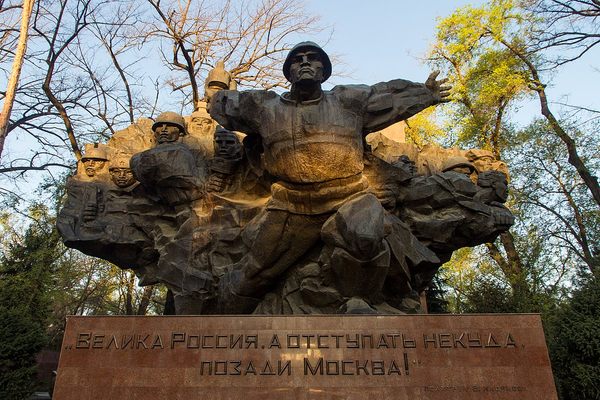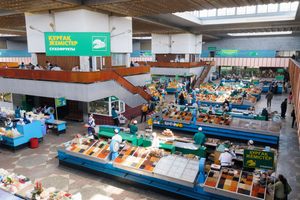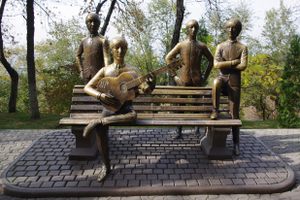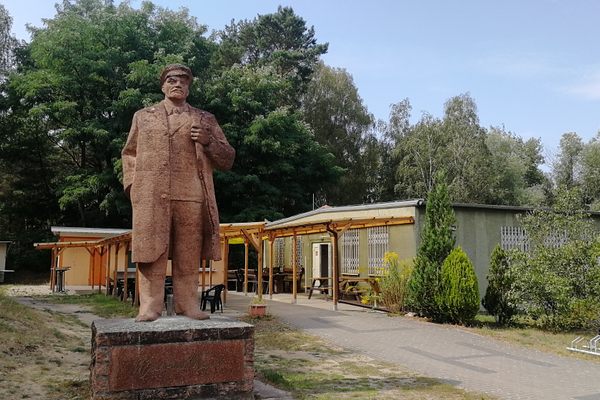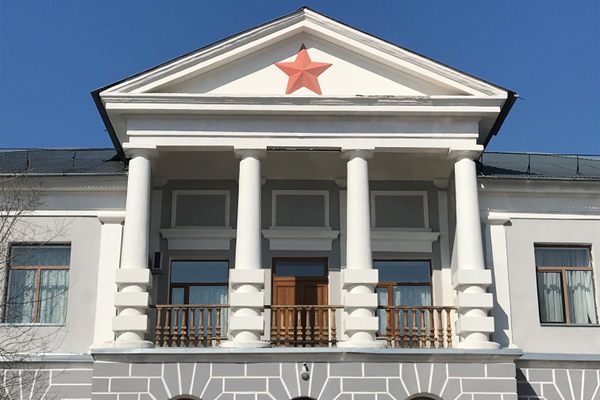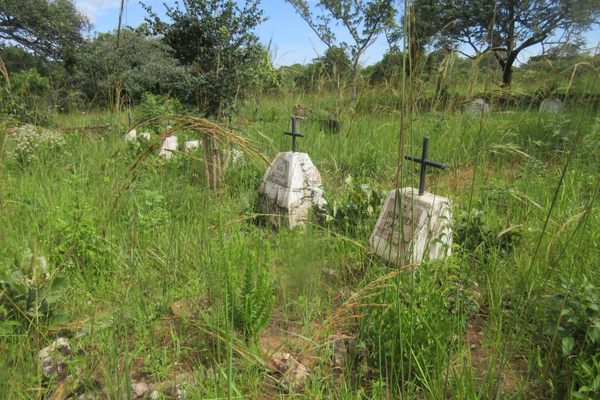About
Almaty’s Panfilov Park is named for the Panfilov division, a group of World War II heroes who gave their lives in the defense of Moscow. Inside the park, there’s a memorial to fallen Soviet soldiers that's based on that famous (if not entirely truthful) story of heroic sacrifice.
At one end of a long black plinth is an eternal flame dedicated to fallen soldiers of the Russian Civil War and World War II. At the other end is a black stone memorial, with the stoic faces of soldiers from all 15 Soviet Republics. Emerging at the front of the statue is a single soldier with arms spread up and out as if in flight, one hand wielding a fist full of grenades.
According to official Soviet history, on November 16, 1941, the Red Army’s 316th Rifle division took a heroic last stand on the road to Moscow. The 28 infantrymen, named the “Panfilov” division after their commander, held their ground and destroyed 18 German tanks, buying precious time for the defenders of Moscow to get into position. As the Nazis rolled closer, company political officer V.G. Klochkov called to his comrades, “Russia is a great land, but there is nowhere to retreat—Moscow is behind us!” and hurled himself under an oncoming tank with an armful of grenades.
All 28 men died, the last in a military hospital, where he recounted the details of the battle before succumbing to his wounds. A journalist for the Krasnaya Zvezda newspaper put the story on the front page and it took hold across the Soviet Union, inspiring patriotic songs and poems.
However, the military prosecutor’s office was forced to open a special investigation after two of the martyrs were discovered to still be alive. The investigation found that the entirety of the Krasnaya Zvezda’s story had been fabricated. There had been no last stand and the dramatic quotes were invented. However, the 1948 memo was not released to the general public until 2015, and by then the story was well entrenched as a national myth. Even in the wake of the memo disproving the story, a movie based on the story came out in 2016—and the man in charge of the national archives, which released the memo, was fired.
Reactions to the story are split. After the 2015 release of the document disproving the story, the minister of culture denounced the head archivist for reinterpreting history. While some deride the story’s mythological place in Russian culture, others defend it as a parable about the sacrifices of the Red Army during World War II. Regardless - the statue is a monument to the heroism of the Red Army in one of the Soviet Union's darkest hours.
The statue is located in Panfilov Park, on Gogol Street, in central Almaty. It’s close to the beautiful Ascension Cathedral and the Kazakh Museum of Folk Musical Instruments. It is easily accessible on foot or by public transport.
Related Tags
Know Before You Go
The statue is located east of the Zenkov Cathedral in Panfilov Park. The public park is open 24/7. There are several other monuments and sculptures to explore within the park.
Central Asia Road Trip: Backroads & Bazaars
A 2-Week, 4-Country Odyssey.
Book NowCommunity Contributors
Added By
Published
December 11, 2018
Sources
- https://www.theguardian.com/film/2016/nov/23/russian-war-film-set-to-open-against-controversy-over-accuracy-of-events
- https://www.rferl.org/a/soviet-wwii-panfilov-guardsmen-fiction/27123430.html
- https://www.rferl.org/a/mironenko-state-archive-chief-removed-from-post-panfilov-legend/27619460.html
- https://web.archive.org/web/20151116131957/http://muse.jhu.edu/login?auth=0&type=summary&url=%2Fjournals%2Fkritika%2Fv013%2F13.4.statiev.html


